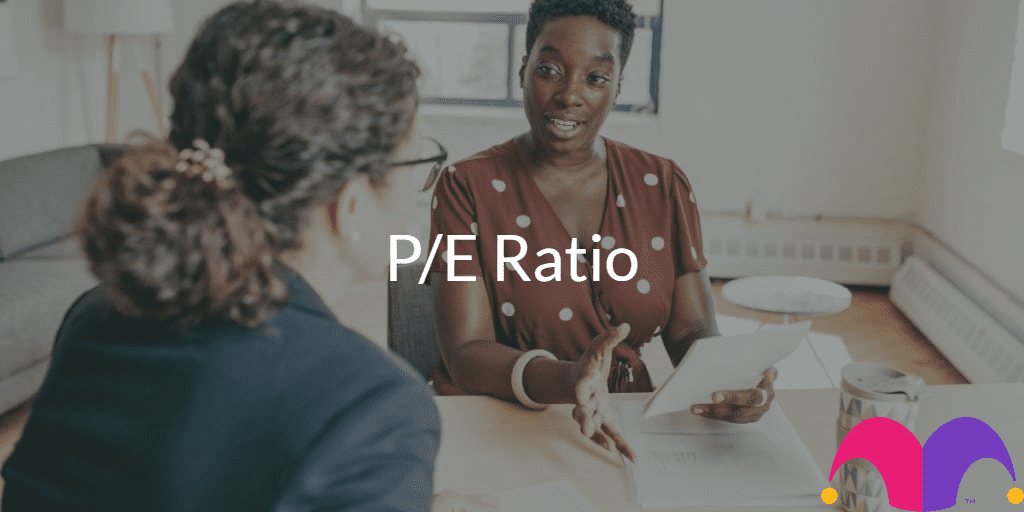“Is a company with a low P/E a better bet than one with a high one?” It’s a question I’ve heard in one form or another quite a lot over the years, and the simple answer is “Other things being equal, yes“. But of course, other things are never equal. Simple though it is to calculate, the Price to Earnings ratio can be quite a tricky number to divine much useful information from.
So what is it?
The ‘P’ part simply means ‘Price’, which is just the current share price. On it’s own, a share price is meaningless, and only takes on any meaning in the light of the actual financial performance of the company — a company that’s making more profit is going to be worth more than a company making less (again, other things being equal). And that’s where the ‘E’, or ‘Earnings’, part comes in.
If we look at a company’s accounts, the top line figure is its turnover; the amount of money it actually takes in over the course of a trading year. From that we need to deduct all sorts of outgoings — costs of raw materials and labour, factory rentals, interest paid on borrowings, depreciation, tax, and numerous other things.
Whatever we are left with after all of that is the money that the company actually gets to keep — its earnings. Typically some will be paid out as dividends and some will be re-invested to grow the business, but it represents the bottom line as regards the money the company has earned for you.
And if that bottom line profit is divided between the number of shares in existence, what you get is the ‘Earnings Per Share’ (EPS) figure, which is the ‘E’ in ‘P/E’. So if, for example, a share is priced at 100p and the company brings in earnings of 20p per share, we can see that the company is valued at 5 times its earnings — it has a P/E of 5.
Why the variation?
That leads to two new questions — why should a company be worth more than it earns, and why is there so much variation between different companies?
Well, firstly, when you buy a company’s shares, you don’t only get an entitlement to one year’s worth of earnings, what you get is all future earnings too, and the price of the share should reflect the value of all that future dosh. So our 100p share with earnings of 20p per share (and thus a P/E of 5) will take five years to pay back its share price. So the P/E figure is the answer to the question “How many years will it take for earnings to repay the share price, if earnings remain the same?”.
And it’s the “if earnings remain the same” bit that leads to different shares having different P/E ratios, because investors will value shares more highly if a company is expected to increase its earnings year after year. If our company, instead of earning 20p per year for the next five years, is instead expected to earn 20p this year, 35p next year, and 45p the year after, it will have earned its keep in three years instead of five. That would make it a more desirable share, and investors would be willing to pay more for it, increasing the price and leading to a higher P/E ratio.
A measure of growth
So a company’s P/E can be seen as an indication of the expected future growth in its earnings per share. Companies with higher growth forecasts should therefore have higher P/E values, while companies with lower growth forecasts should have lower P/E values. And we would also expect companies with similar earnings forecasts to have similar P/E values, would we not? Surely the actual nature of the business is irrelevant if the expected growth is the same, isn’t it?
In reality, we will often find shares in different sectors (or even the same sector) on very different P/E ratios, even if their earnings forecasts are similar. Sometimes such differences are rational, with, for example, some companies and sectors being considered more risky. But other times it can be irrational, and based on sentiment, greed, fear, ‘herd’ behaviour, and all manner of human failings. And that’s where there opportunities lie for rational investors.
[Static_FreeReport]
